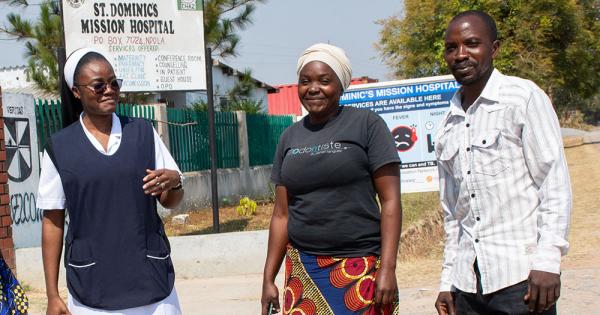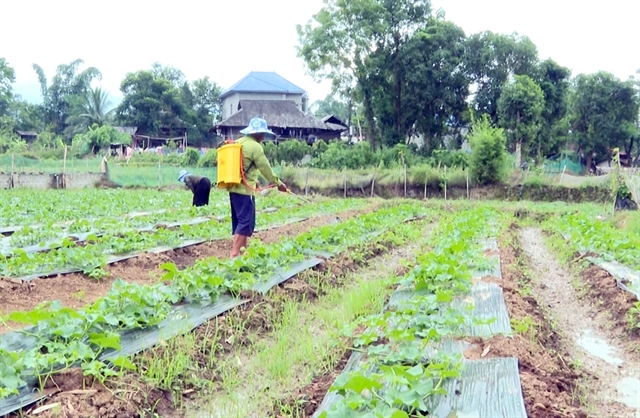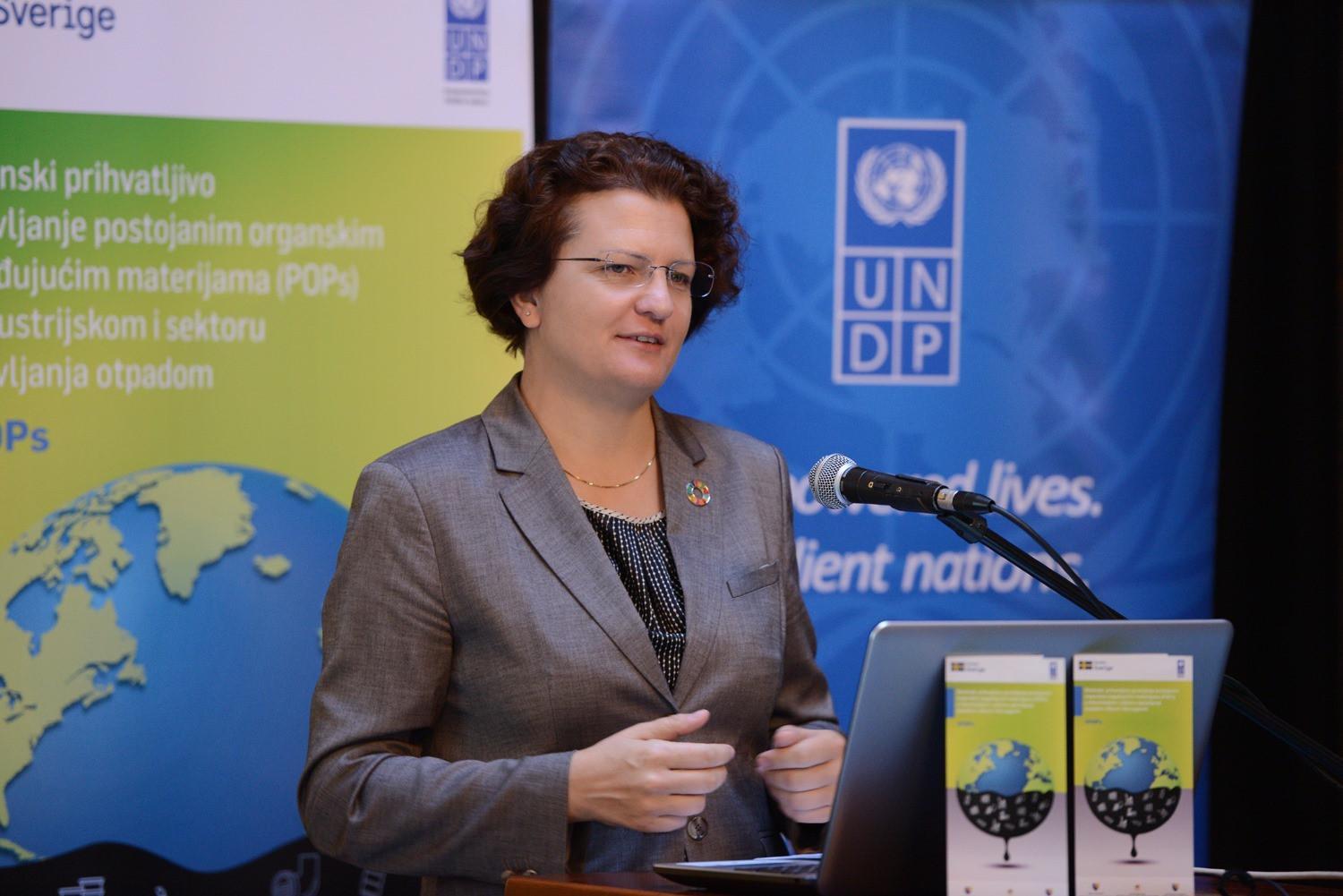Zambian sisters address gender-based violence by focusing on healthy relationships – Global Sisters Report

Report on Marital Stability and its Impact on Sustainable Development Goals in Ndola, Zambia
1.0 Introduction: The Intersection of Domestic Conflict and Global Development Targets
In Zambia, rising rates of domestic conflict and divorce present significant barriers to achieving key Sustainable Development Goals (SDGs). A government report from the second quarter of 2025 documented over 10,000 incidents of gender-based violence (GBV), highlighting a critical challenge to SDG 5 (Gender Equality). This issue is compounded by high divorce rates, which increased from 20,818 in 2019 to 36,000 in 2023. These trends, rooted in patriarchal norms, economic inequality, and mistrust, undermine family stability, which is a foundational element for achieving SDG 16 (Peace, Justice and Strong Institutions) at the community level.
This report examines the socio-economic repercussions of marital instability in Ndola, Zambia, and analyzes the impact of the “SMART Couples Methodology” program, an initiative designed to strengthen families and advance progress toward the SDGs.
2.0 Analysis of Challenges and SDG Implications
2.1 Impact on Individual Well-being and Economic Productivity
Case studies from Ndola illustrate the multifaceted impact of marital distress on sustainable development indicators.
- SDG 3 (Good Health and Well-being): Joel Kabwe, a resident of Twapia township, reported resorting to binge drinking to cope with the stress of a failing marriage. This coping mechanism exacerbated relationship problems and negatively impacted his mental health, running counter to Target 3.5, which aims to strengthen the prevention and treatment of substance abuse.
- SDG 8 (Decent Work and Economic Growth): Mr. Kabwe noted that the stress from his domestic conflicts directly impaired his concentration and work output as a supervisor. This demonstrates a clear link between household instability and reduced economic productivity, affecting progress towards Target 8.5 concerning full and productive employment.
2.2 Gender Inequality and Social Norms
The prevalence of GBV is linked to deeply ingrained social and gender norms that hinder progress on SDG 5 (Gender Equality). Activists identify several contributing factors:
- Harmful gender stereotypes and patriarchal norms.
- Pervasive economic inequalities between genders.
- Inadequate legal protections for victims of violence.
- A culture where violence against women is normalized.
The experience of Roiness Chimfwembe, who cited her husband’s secrecy with his phone as a source of insecurity, points to issues of mistrust and a lack of transparency that often precede more severe conflicts, undermining the mutual respect essential for gender equality within a partnership.
3.0 Intervention: The SMART Couples Methodology Program
3.1 Program Objectives and Alignment with SDGs
Facilitated by the Dominican Sisters of the Sacred Heart and supported by Catholic Relief Services, the SMART Couples Methodology program directly confronts the drivers of marital instability. Its core mission is to strengthen family life and enhance communication, thereby contributing to several SDGs.
- Primary Goal: To overcome mistrust and foster openness, honesty, and mutual respect, directly supporting the targets of SDG 5 by promoting gender equality and preventing violence against women.
- Secondary Goal: To build resilient and peaceful family units, which are the building blocks of stable communities, thus advancing SDG 16 by reducing all forms of violence.
3.2 Program Components
The initiative, which has served over 20 couples in Ndola since its 2023 inception, employs a comprehensive approach:
- Formation sessions for couples.
- Professional couples counseling.
- Home visits for follow-up and support.
- Community sensitization activities promoting Christian family values.
4.0 Program Impact and Contribution to Sustainable Development
4.1 Fostering Peace and Gender Equality at the Household Level
The program has yielded documented successes that align with global development targets.
- Contribution to SDG 5: By addressing root causes like poor communication and gender stereotypes, the program prevents GBV. The testimony of Mwansa Musonda, who stated the program saved her marriage from collapse and ended hostility, shows a direct impact on creating a non-violent family environment. Aaron Chimfwembe’s gesture of removing his phone’s password symbolized a commitment to transparency and fidelity, challenging norms of male secrecy and fostering trust.
- Contribution to SDG 16: Sr. Christine Tembo, the project coordinator, reports decreased domestic conflicts in households that have completed the training. By helping couples rediscover each other as partners rather than opponents, the program builds peace from the ground up, contributing to the creation of more peaceful and inclusive societies.
- Contribution to SDG 3: The program’s focus on creating stable homes directly benefits the well-being of children. As Ms. Musonda noted, prior quarrels negatively affected her children’s upbringing. By stabilizing the parental relationship, the initiative fosters a healthier environment for child development.
4.2 Challenges and Outlook
The program faces challenges, including limited resources and cultural barriers that can silence victims of abuse. However, Sr. Tembo expresses optimism, citing over seven documented success stories of marital reconciliation. By networking with local NGOs and community leaders, the initiative aims to scale its impact. The program’s success demonstrates that targeted, community-based interventions are crucial for building strong, faith-filled, and resilient families, which are essential for achieving the Sustainable Development Goals.
SDGs Addressed or Connected to the Issues
SDG 5: Gender Equality
- The article directly addresses gender-based violence (GBV), a core issue under SDG 5. It cites a government report showing “more than 10,000 incidents recorded in just the second quarter of 2025” and identifies “harmful gender stereotypes” and “patriarchal norms” as root causes. The SMART Couples program aims to prevent GBV by fostering mutual respect and addressing gender stereotypes within relationships.
SDG 3: Good Health and Well-being
- The article connects marital conflict to negative health outcomes. Joel Kabwe’s story illustrates how stress from his failing marriage led him to “binge drinking beer as a way to seek solace,” impacting his mental well-being and work performance. The program’s goal of helping couples “rediscover each other as partners, and not as opponents” contributes to their overall well-being and mental health.
SDG 16: Peace, Justice and Strong Institutions
- This goal is relevant as the article focuses on reducing conflict and violence within the family, which is the foundational institution of society. The high divorce rates and domestic conflicts discussed are forms of violence and instability. The SMART Couples program acts as a community-level initiative for conflict resolution, “bringing healing, reconciliation and hope to families” and building “strong, faith-filled and resilient families.”
Specific SDG Targets Identified
SDG 5: Gender Equality
- Target 5.2: Eliminate all forms of violence against all women and girls in the public and private spheres. The article’s central theme is the prevention of domestic conflict and gender-based violence. The SMART Couples program is described as a “concrete expression” of bringing healing to families and “preventing gender-based violence by addressing its root causes.”
SDG 3: Good Health and Well-being
- Target 3.4: Promote mental health and well-being. The program addresses the psychological distress associated with marital problems. By improving communication and reducing conflict, it directly contributes to the mental well-being of couples and their children, helping to alleviate issues like the stress Joel Kabwe experienced.
- Target 3.5: Strengthen the prevention and treatment of substance abuse, including harmful use of alcohol. The article explicitly mentions “binge drinking beer” as a coping mechanism for marital stress and “drunkenness” as a major reason for divorce. By resolving the underlying conflicts, the program indirectly helps prevent the harmful use of alcohol.
SDG 16: Peace, Justice and Strong Institutions
- Target 16.1: Significantly reduce all forms of violence and related death rates everywhere. The program’s success is measured by “decreased reports of domestic conflicts in households that have undergone the training,” which directly aligns with the goal of reducing violence at the household level.
- Target 16.2: End abuse, exploitation, trafficking and all forms of violence against and torture of children. The program coordinator, Sr. Christine Tembo, states a focus on “young couples that are still giving birth, because we are also targeting the children in those homes, so that they can be brought up in a good home.” This shows a clear intention to prevent children’s exposure to domestic violence.
Indicators for Measuring Progress
SDG 5: Gender Equality
- Mentioned Indicator: The article provides quantitative data on the prevalence of GBV, citing a government report of “more than 10,000 incidents recorded in just the second quarter of 2025.” It also mentions rising divorce rates (“from 20,818 divorces in 2019 to 36,000 in 2023”) as a proxy for marital instability often linked to gender inequality.
- Implied Indicator: The program’s impact is measured through “decreased reports of domestic conflicts in households that have undergone the training,” which serves as a direct indicator of progress in reducing intimate partner violence.
SDG 3: Good Health and Well-being
- Implied Indicator: The article implies progress through participant testimonies about improved well-being and reduced reliance on harmful coping mechanisms. Joel Kabwe’s story suggests that resolving marital issues would reduce behaviors like “binge drinking.” The overall goal of improving couples’ “well-being” is a qualitative indicator.
SDG 16: Peace, Justice and Strong Institutions
- Mentioned Indicator: The program’s success is tracked through “post-session evaluations, testimonies, follow-up visits, and feedback from the couples.” A specific metric mentioned is the “more than seven documented success stories of couples” who rebuilt their marriages.
- Implied Indicator: The objective to ensure children are “brought up in a good home” serves as a qualitative indicator for creating peaceful and stable family environments, free from violence and abuse.
Summary Table of SDGs, Targets, and Indicators
| SDGs | Targets | Indicators |
|---|---|---|
| SDG 5: Gender Equality | 5.2: Eliminate all forms of violence against all women and girls in the public and private spheres. |
|
| SDG 3: Good Health and Well-being | 3.4: Promote mental health and well-being. 3.5: Strengthen the prevention of substance abuse, including harmful use of alcohol. |
|
| SDG 16: Peace, Justice and Strong Institutions | 16.1: Significantly reduce all forms of violence. 16.2: End abuse and all forms of violence against children. |
|
Source: globalsistersreport.org
What is Your Reaction?
 Like
0
Like
0
 Dislike
0
Dislike
0
 Love
0
Love
0
 Funny
0
Funny
0
 Angry
0
Angry
0
 Sad
0
Sad
0
 Wow
0
Wow
0
















































































